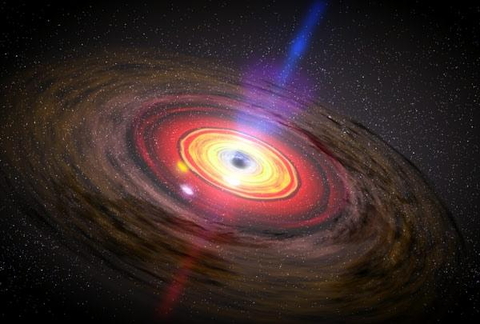Summary
Back in 2015, the first detection of gravitational waves recorded the merger of two 30-something solar mass black holes. This came as a surprise since the most massive stellar-mass black hole (BH) to that date was measured to be about 20 Msun. Now, 7 years and 3 catalogues later, it has become clear that BHs with masses of about 35Msun are far from rare. Rather, there is a pile-up in the mass distribution of BHs at ~35Msun. This pile-up has repeatedly been attributed to ‘Pair-Pulsational Supernovae’. If this is the case, then this has large implications for both the maximum BH mass that can form from stars, and the contribution of dynamical channels to the BBH merger rate.
In this talk I will address the growing evidence that points against a PPISN origin for the pile-up at 35 Msun. I will discuss the state-of-the field on this matter and go back to the basics to discuss what could cause a pile-up.
